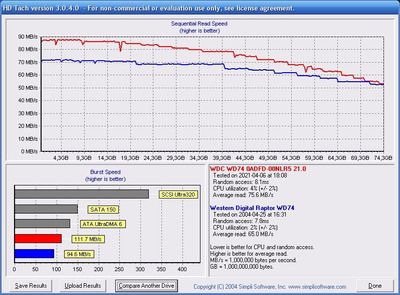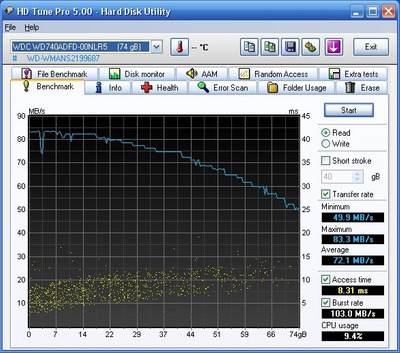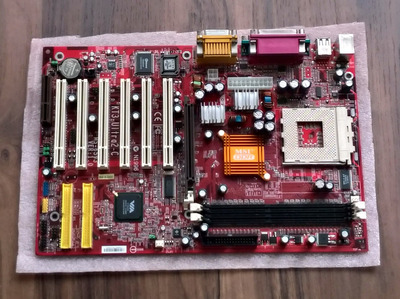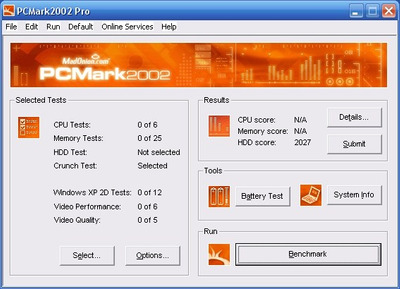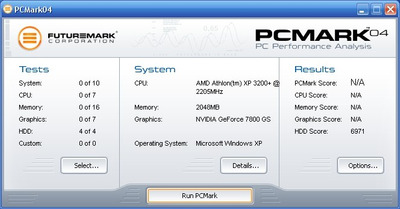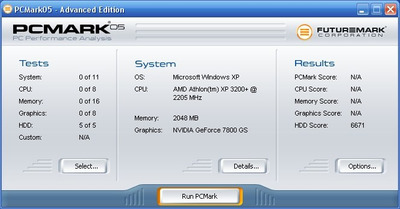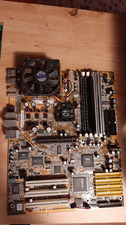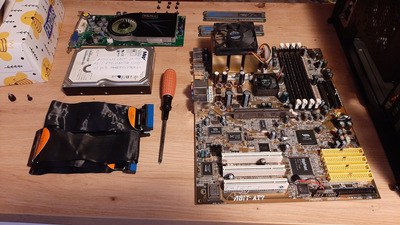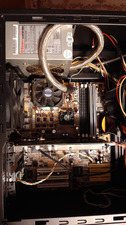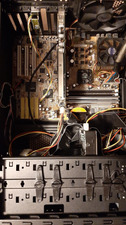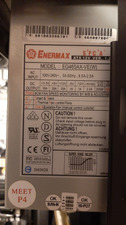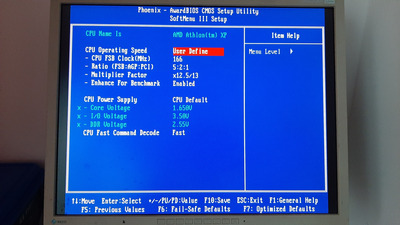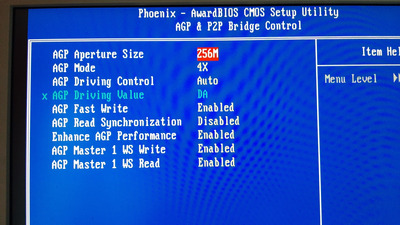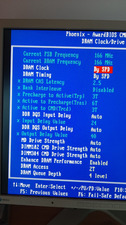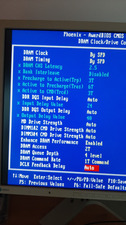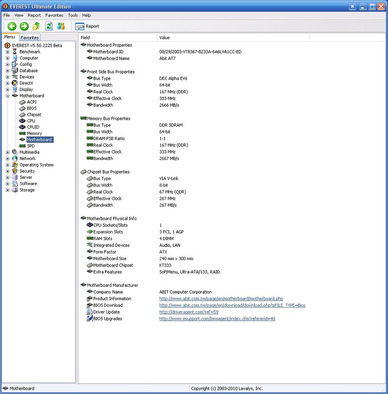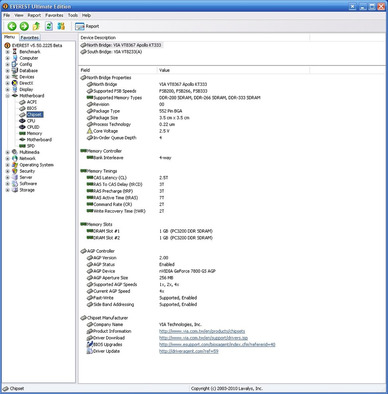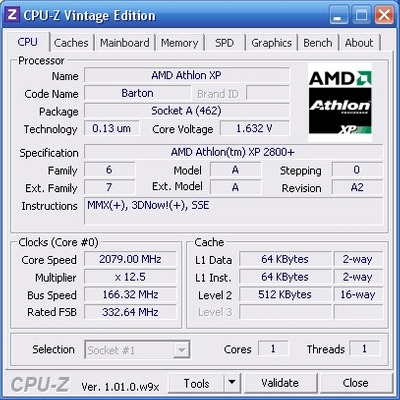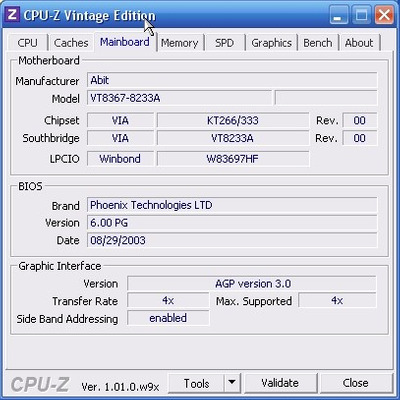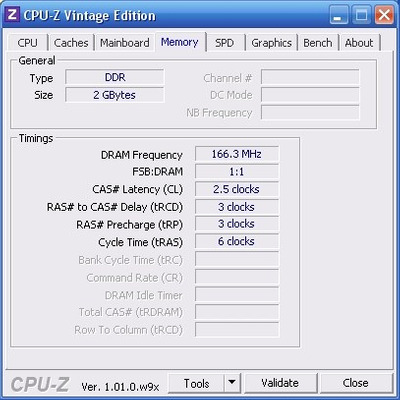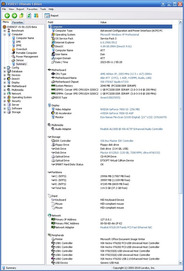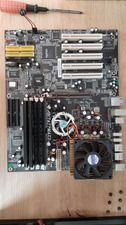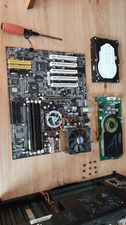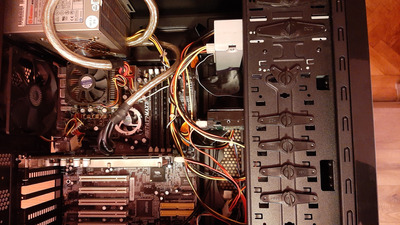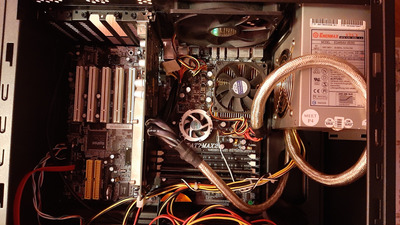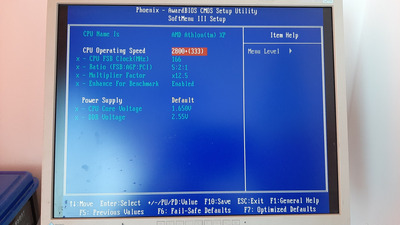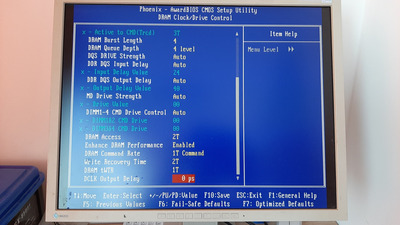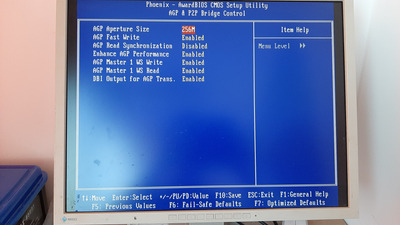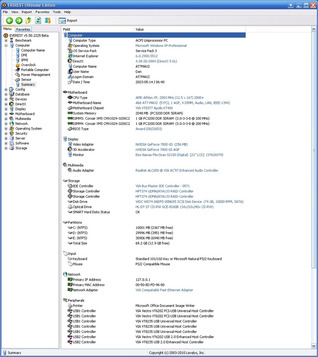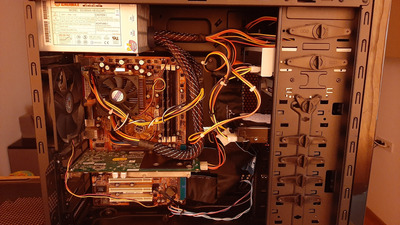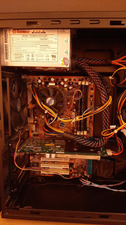I consider that the ultimate socket A platform tests are not finished so I will include new ones as I make them but for now I decided to continue with socket 462 from a different angle: instead of choosing the end of the era I decided that I will go with the beginning of socket 462.
The end goal is to cover the whole socket 462 from a performance point of view using the best combination of hardware and software that was not available back then and find the best platform for each stage of socket 462!
What is a stage? I divided the socket 462 era in 3 stages. The criteria is the FSB supported by each chipset.
Stage 1: FSB 200/266 - The beginning !
Chipsets:
1. Via KT133/133A
2. AMD 760
3. VIA KT 266/266A
4. NVIDIA 415/420
All 4 were available in 2000-2001, all support processors with a maximum FSB of 266, all support AGP 4x which is more than enough even for geforce 7800gs; all support only PATA drives; KT133/133A support SDRAM, the rest support DDRAM only.
Stage 2: FSB 333 - The climb!
Chipsets
1. Via KT333
2. Via KT400/400A
3. nforce2
I am unsure that KT333 actually supports processors with FSB 333 because the 2 boards I have do not support it officially! All 3 were available in 2002-2003, work with AGP 4x/8x and with PATA drives only.
Stage 3: FSB 400 - Reaching the peak!
Chipsets
1. VIA KT600
2. VIA KT880
3. nforce2 ultra 400
All available in 2003-2004; AGP 8X, native SATA or as a third party chip. This is mostly done, but I will add any future tests if requested! The winner of this stage is nforce2 ultra!
To keep things simple I set some rules:
1. CPU: the lowest denominator that is the processor supported by all boards in each stage will be used!
2. RAM: equal quantity in all the boards used; the only problem here is that KT133/133A supports up to a maximum of 1.5gb of ram otherwise the rest can use up to 2gb with no problems!
3. GPU: at each stage the video card will be the same; if possible I will use the geforce 7800gs with all the boards!
4. HDD: I do not have identical drives but I was thinking that I can use the same drive and reuse it after all tests are completed on a specific platform! Maybe some disk imaging software can help!
5. Monitor: Eizo S2100 with 1600*1200 max resolution will be used!
6. All 48 tests already used at stage 3 will remain; any further test will be add based on your recommendation!
